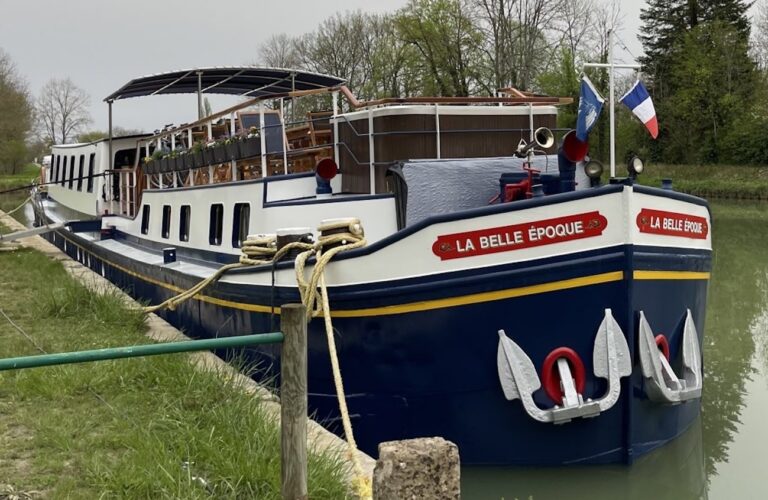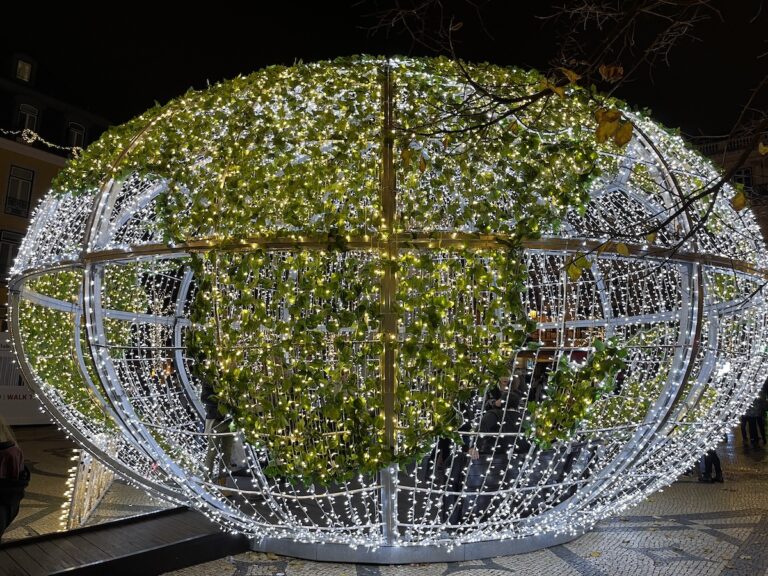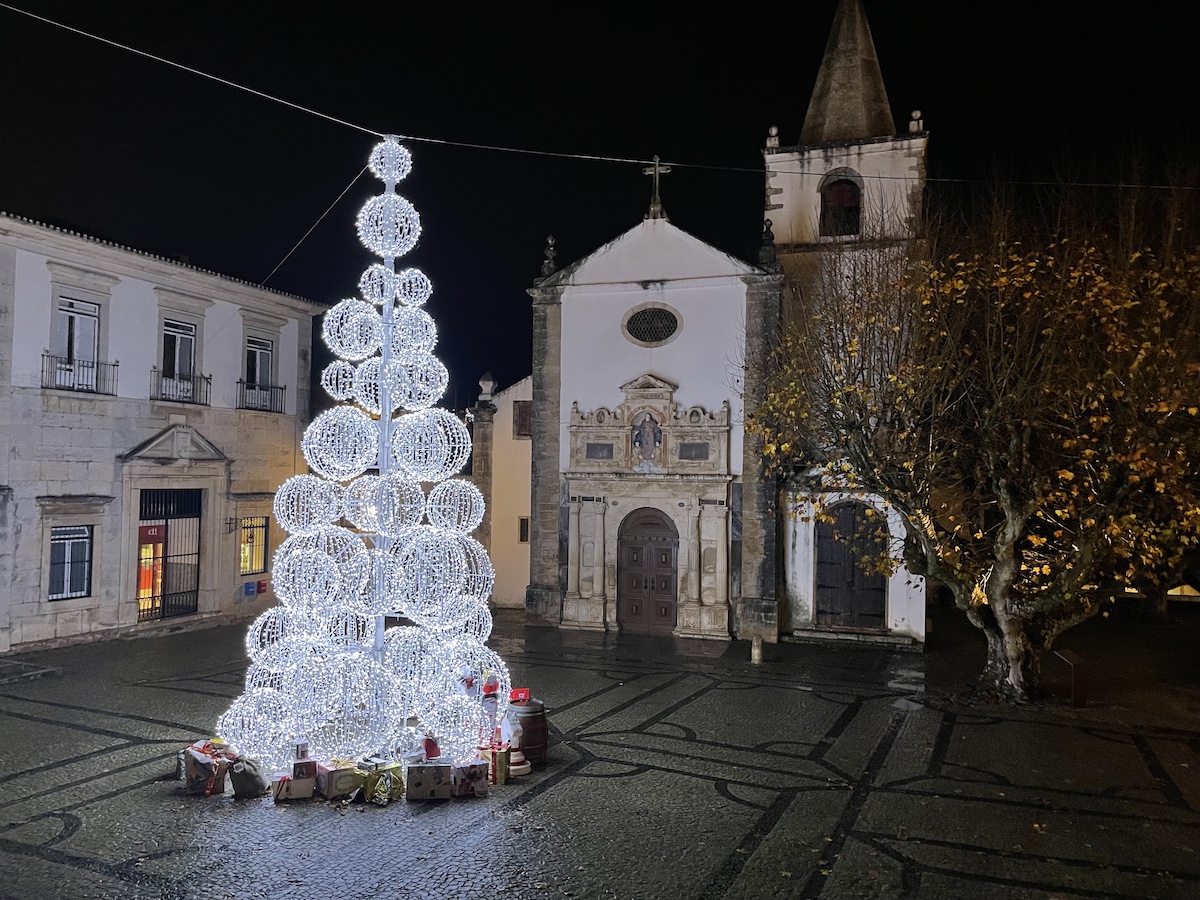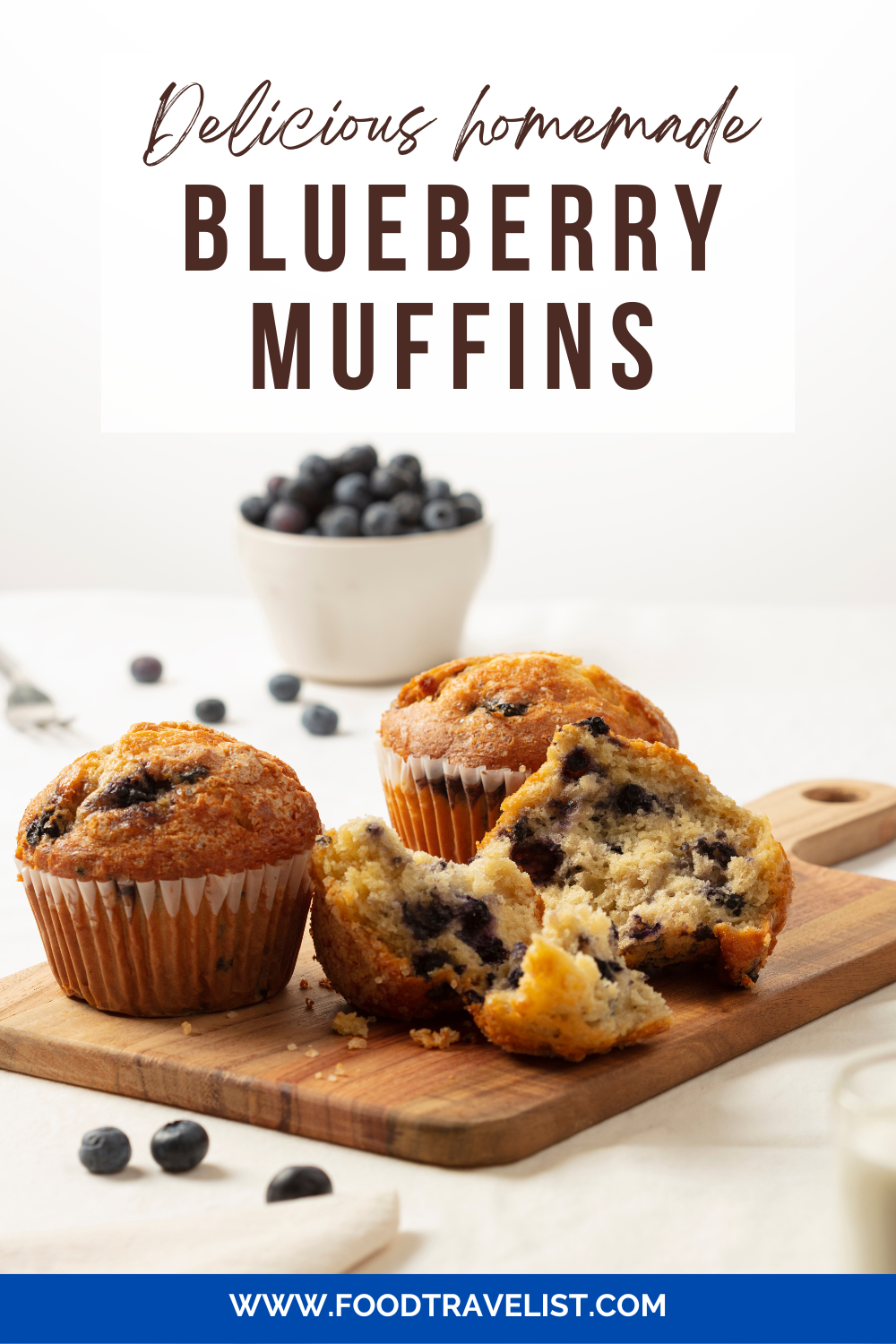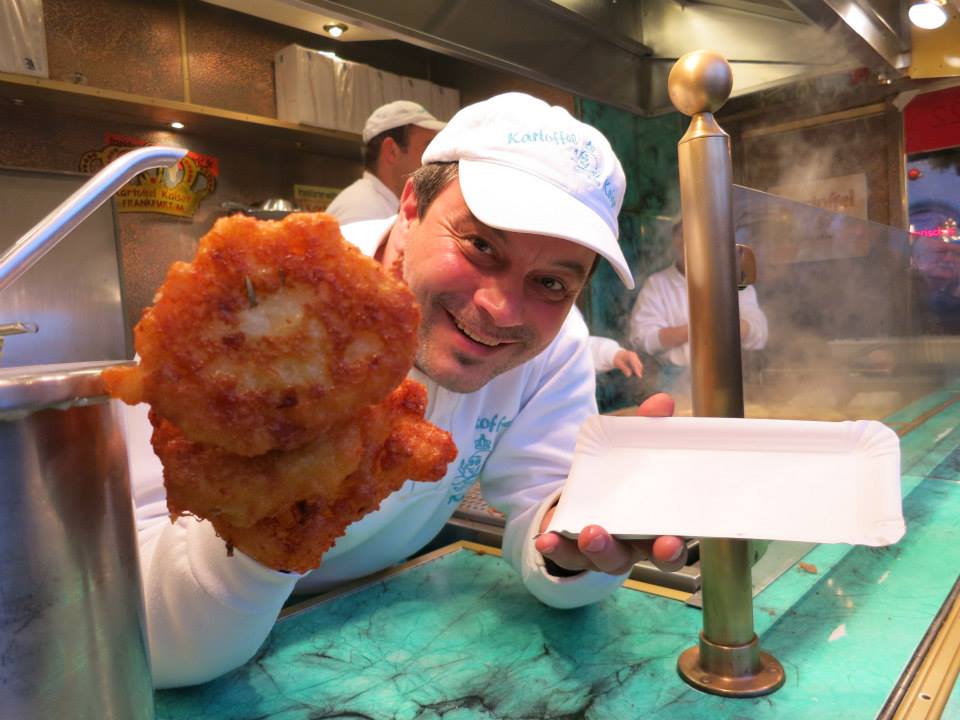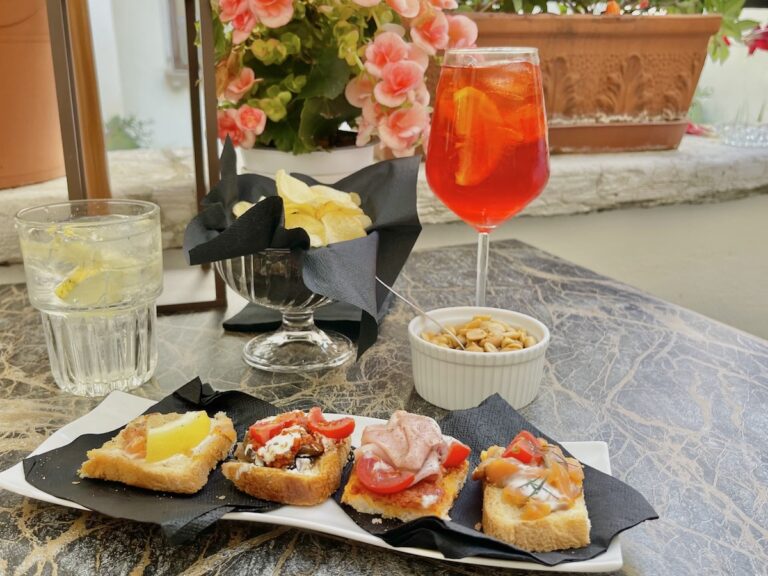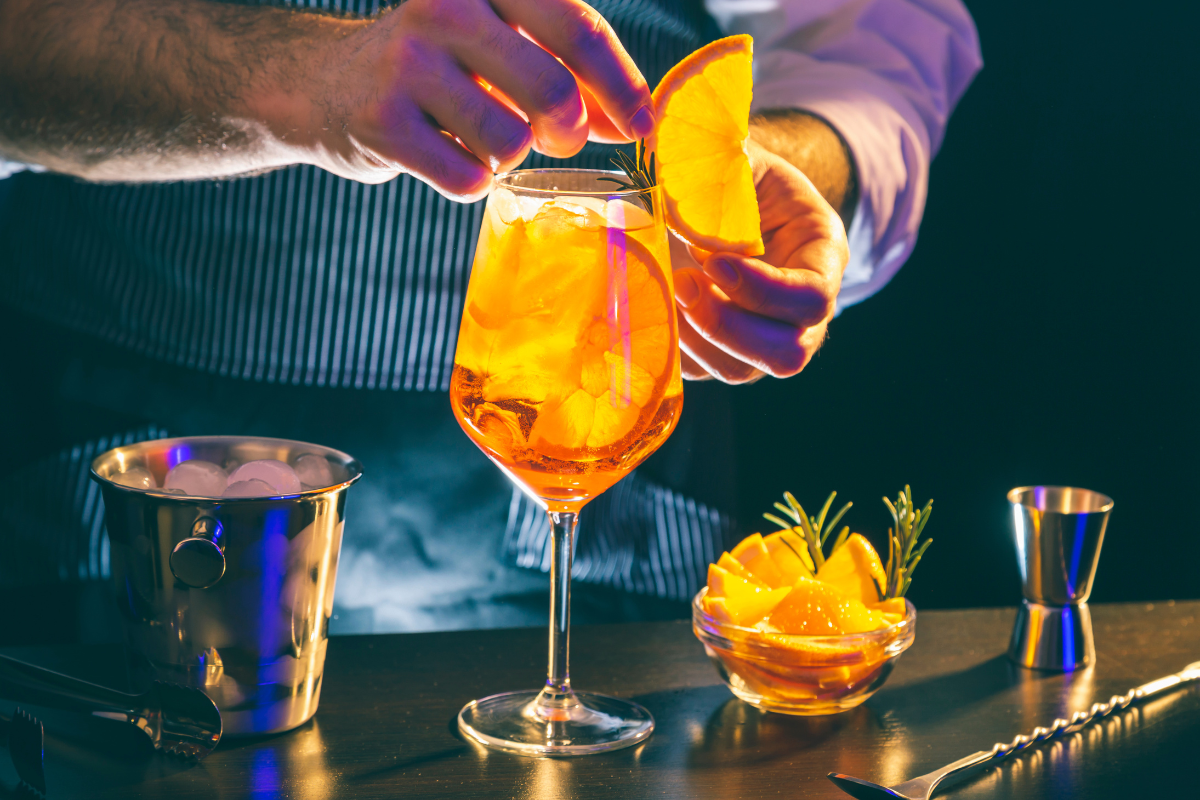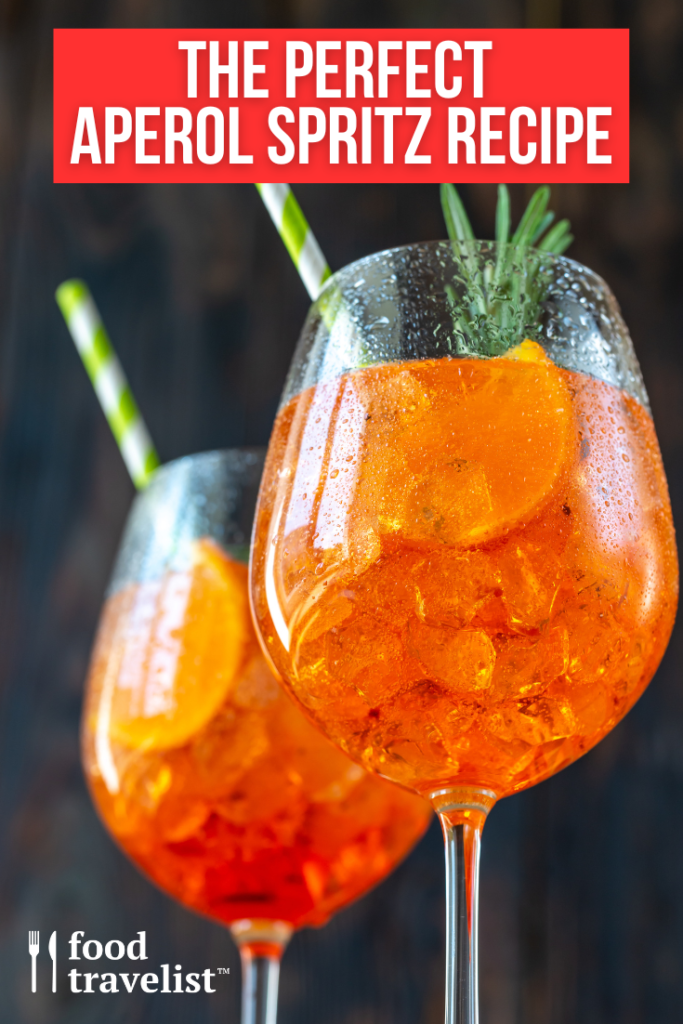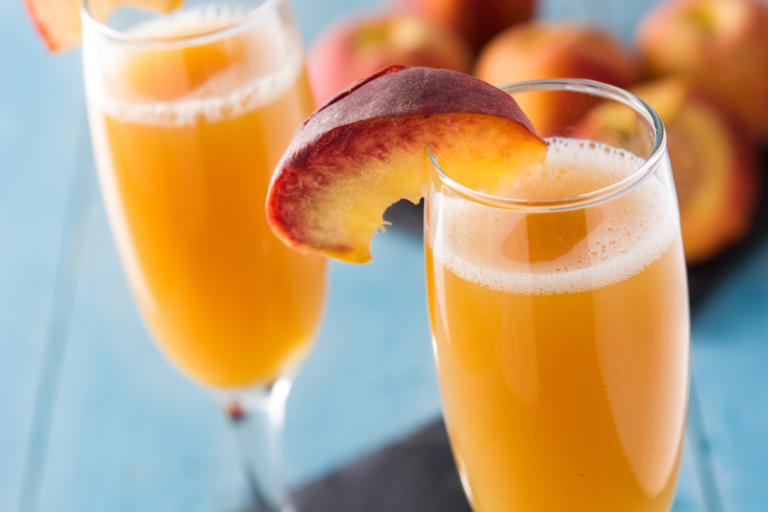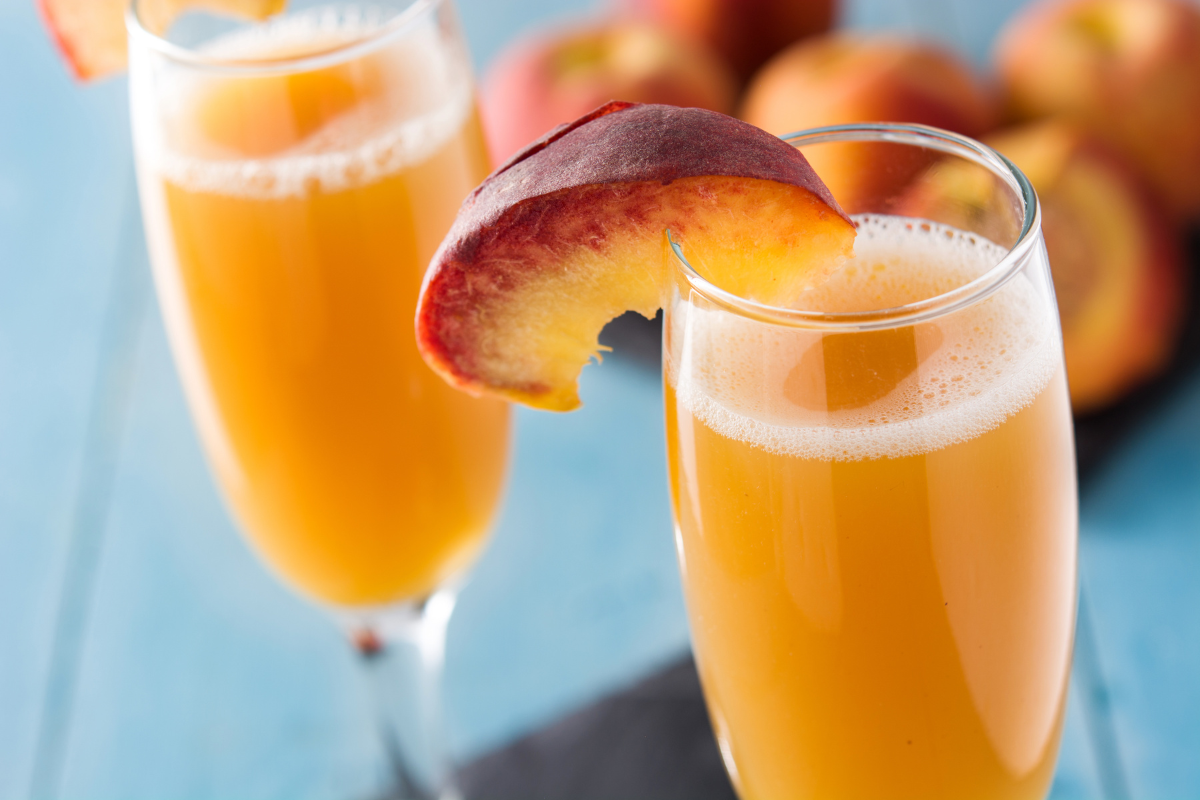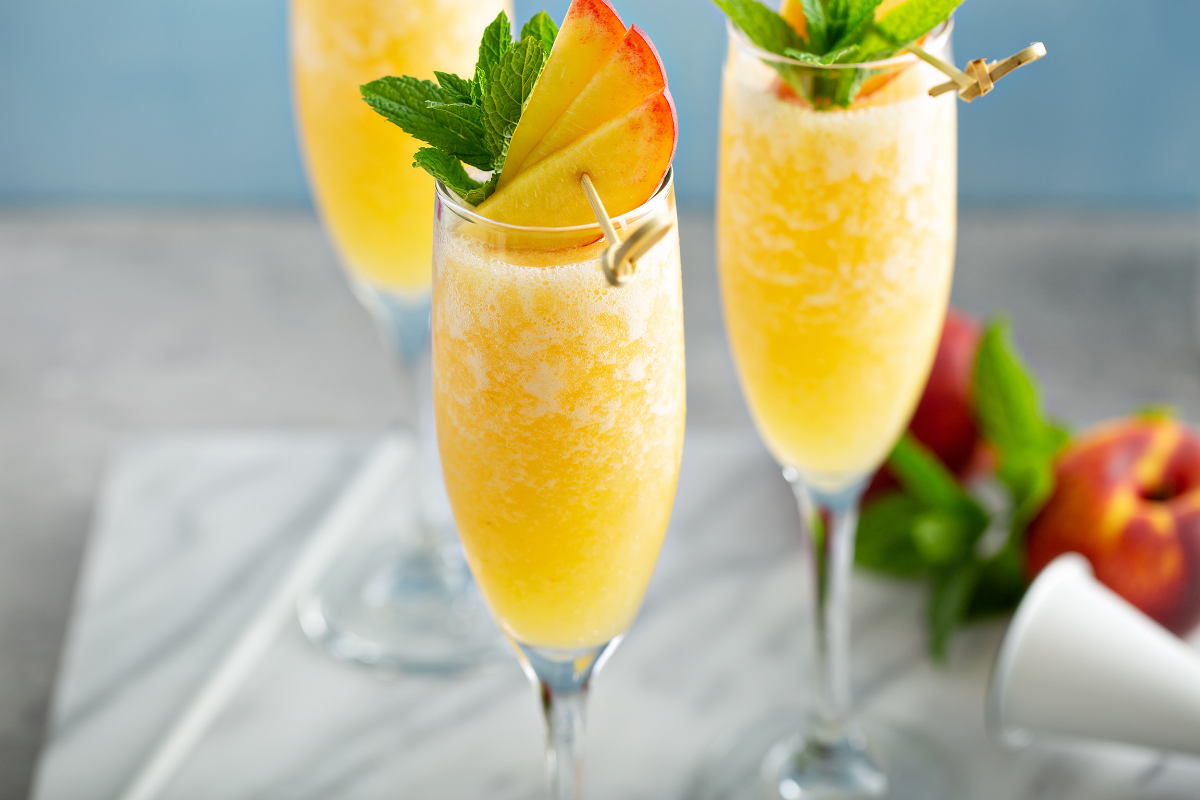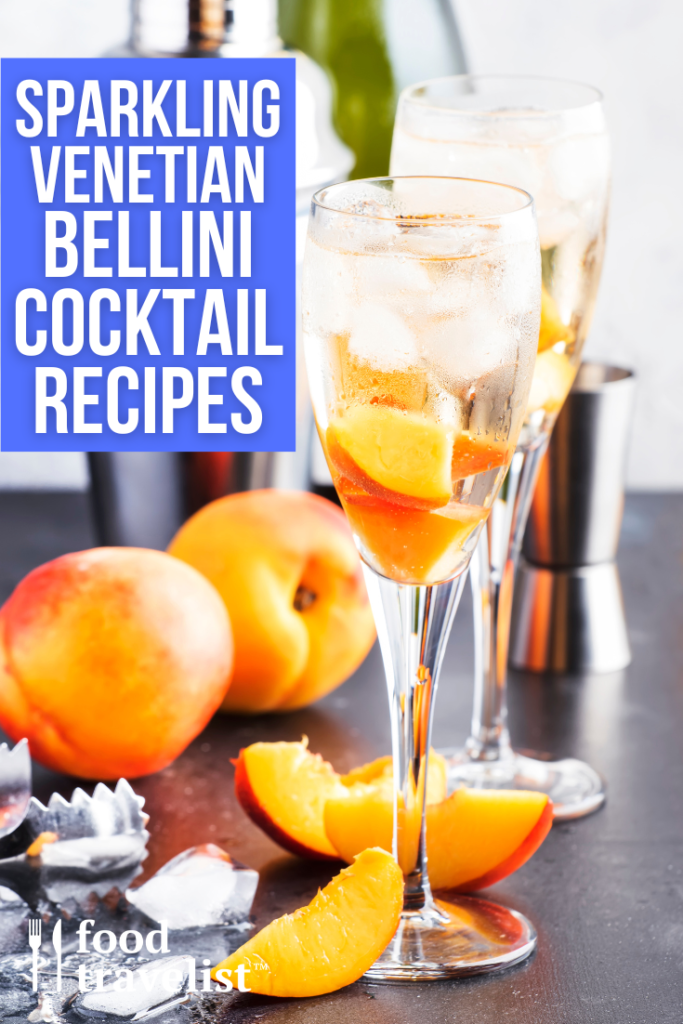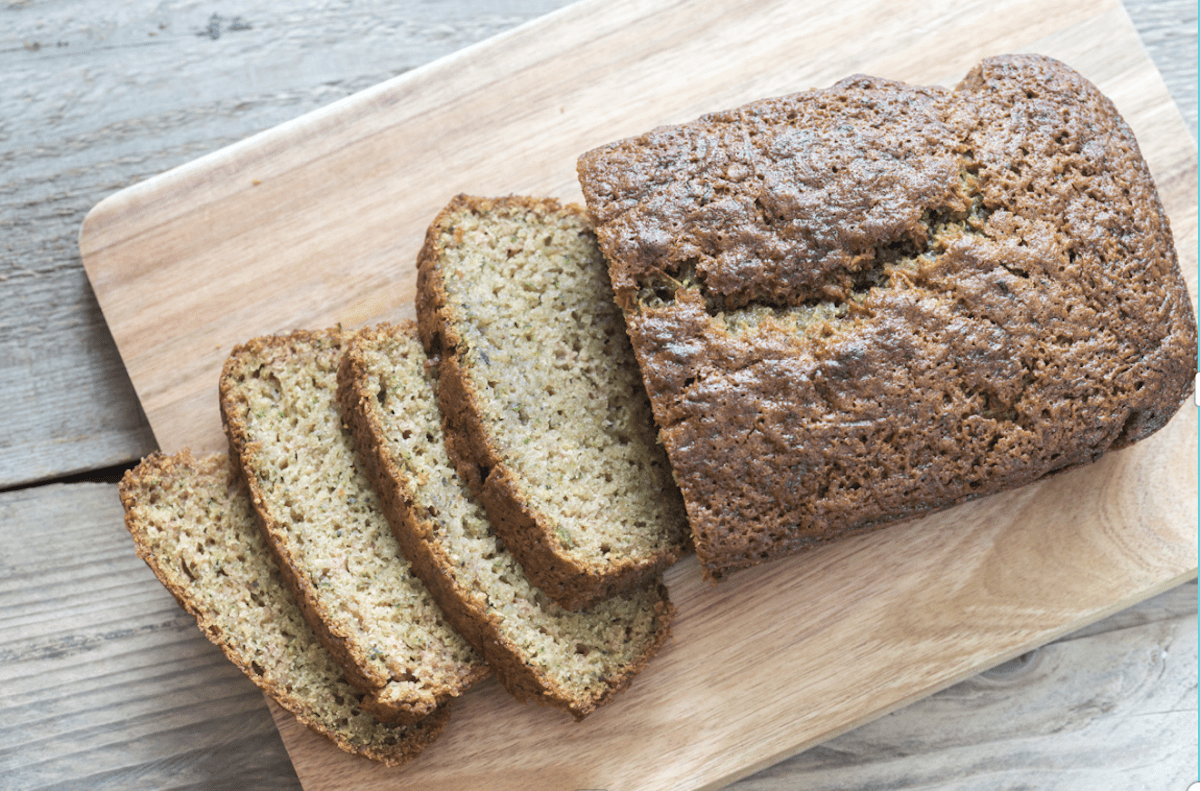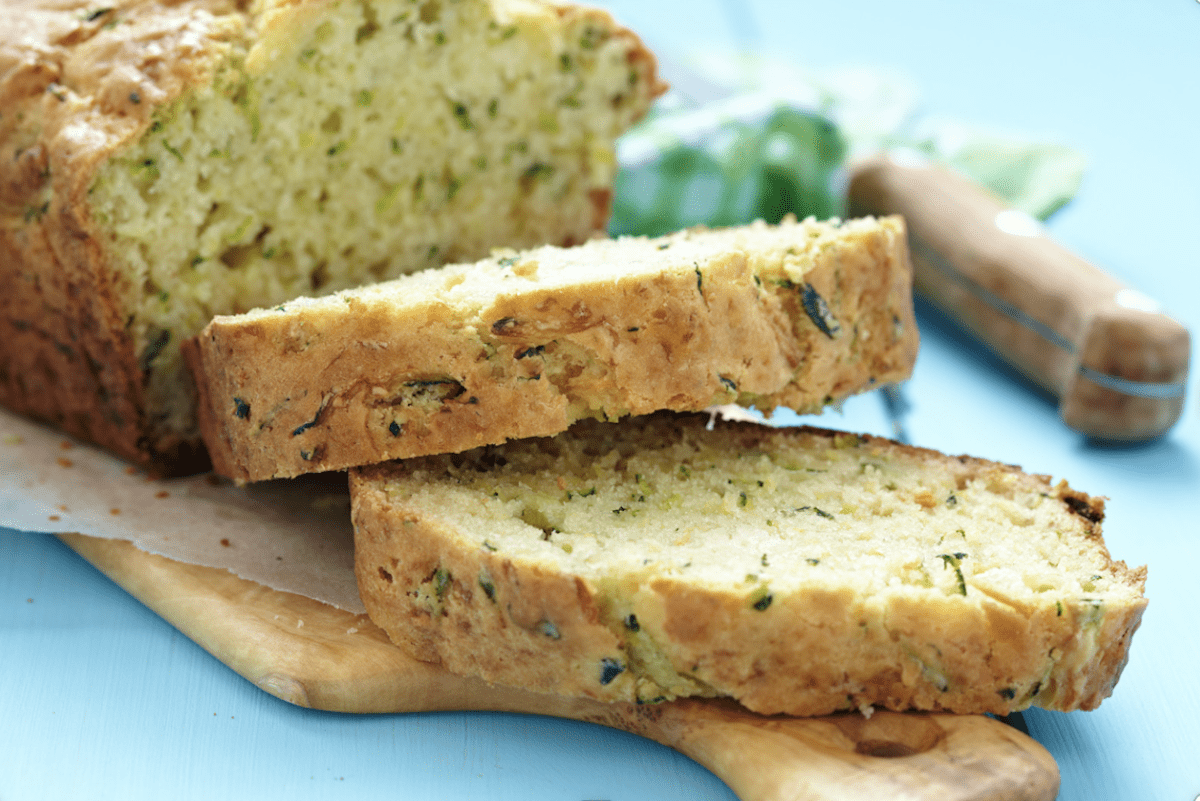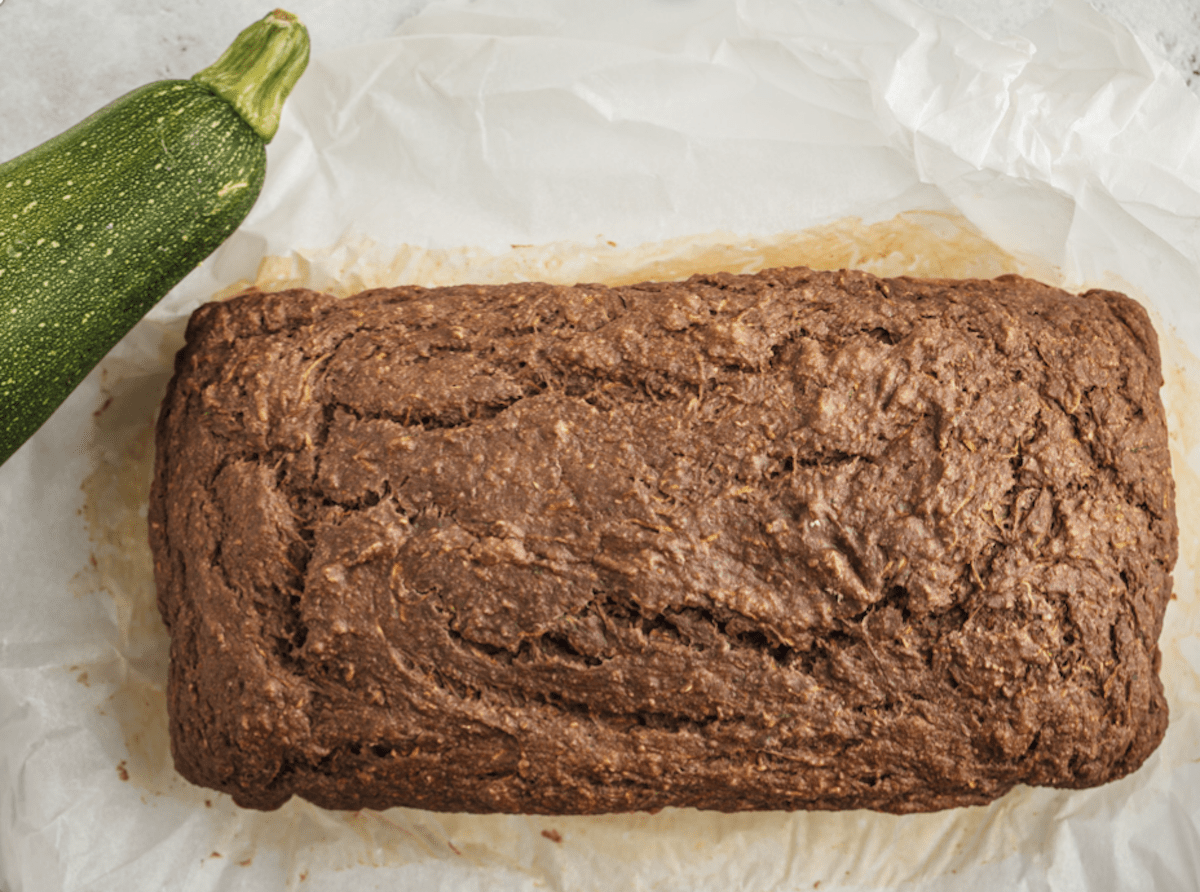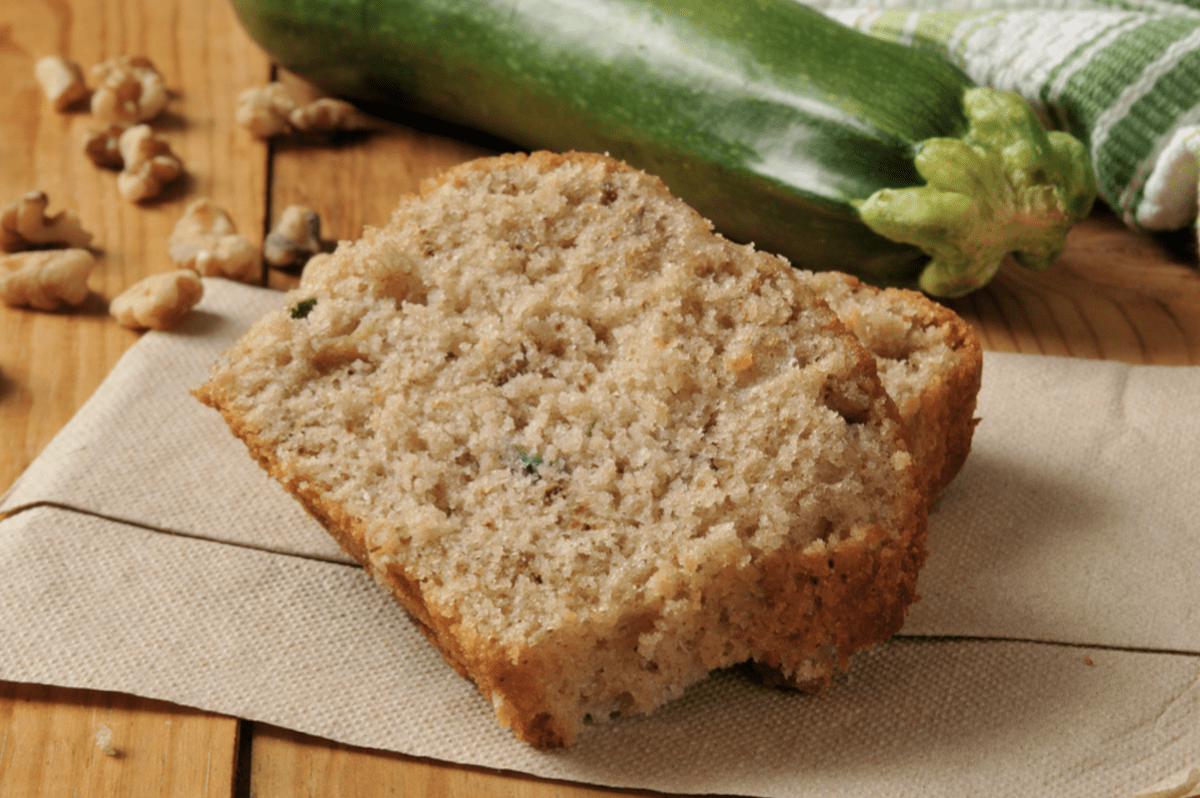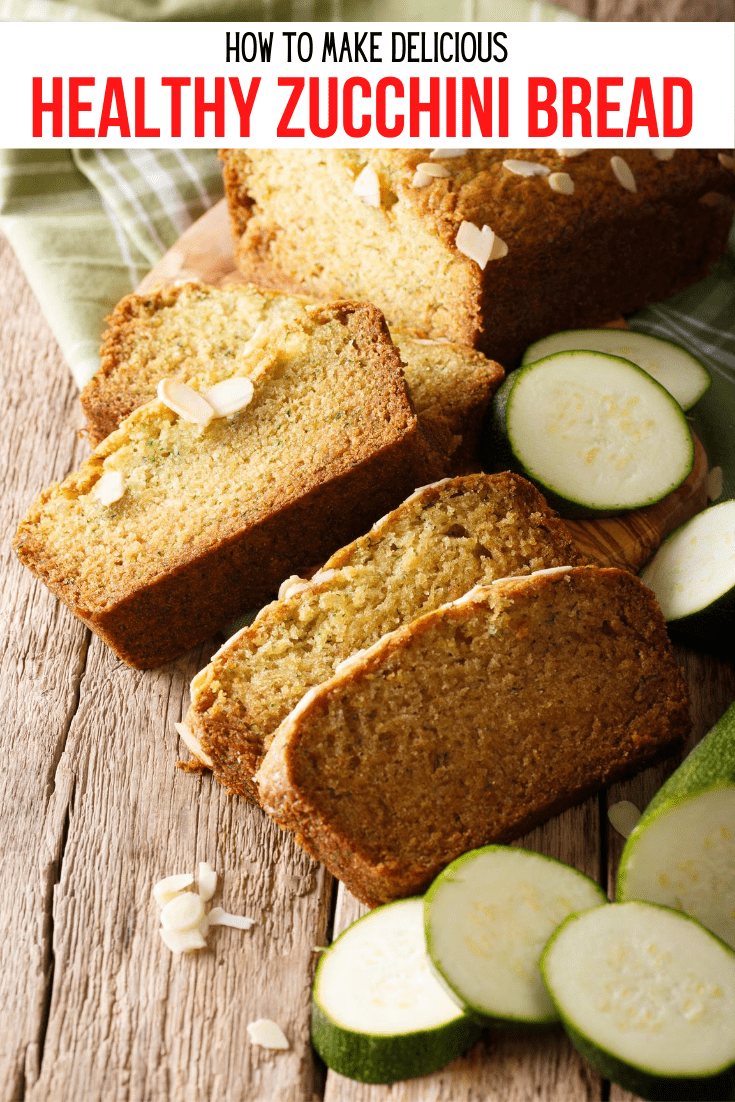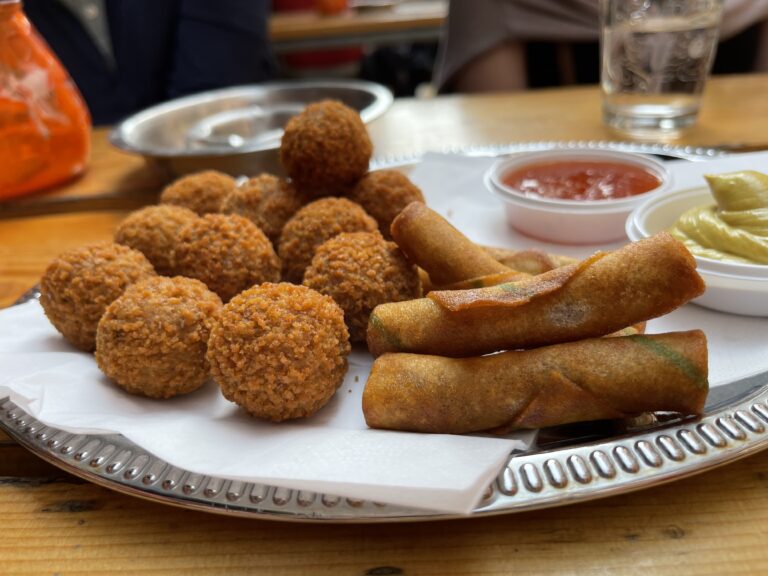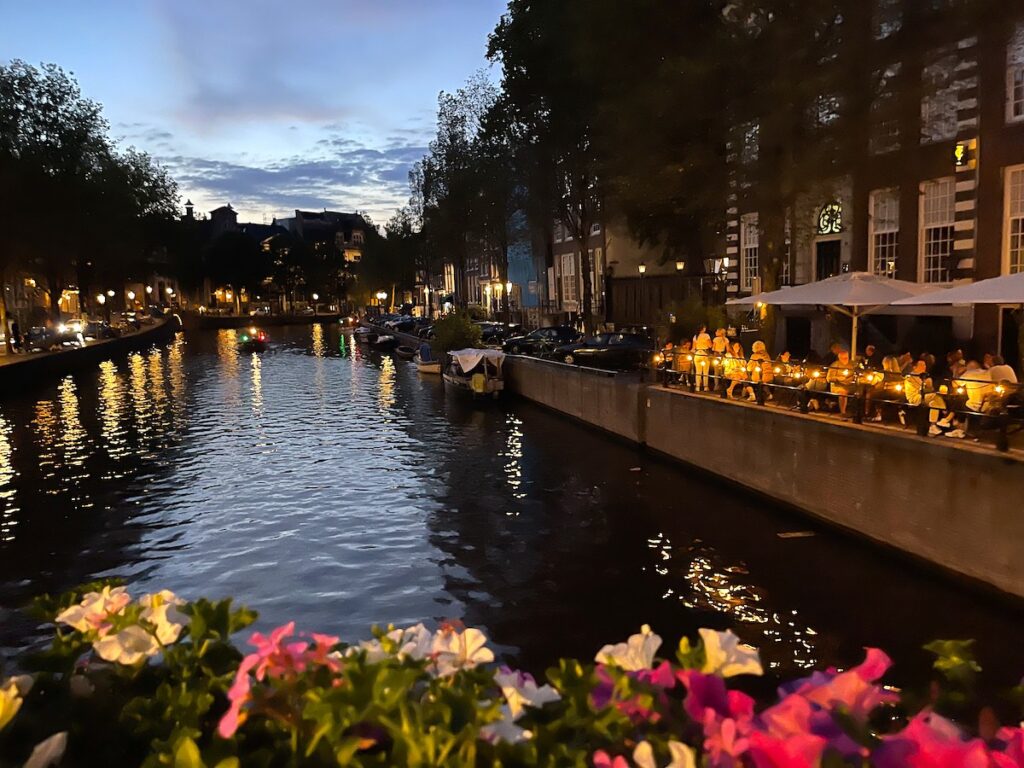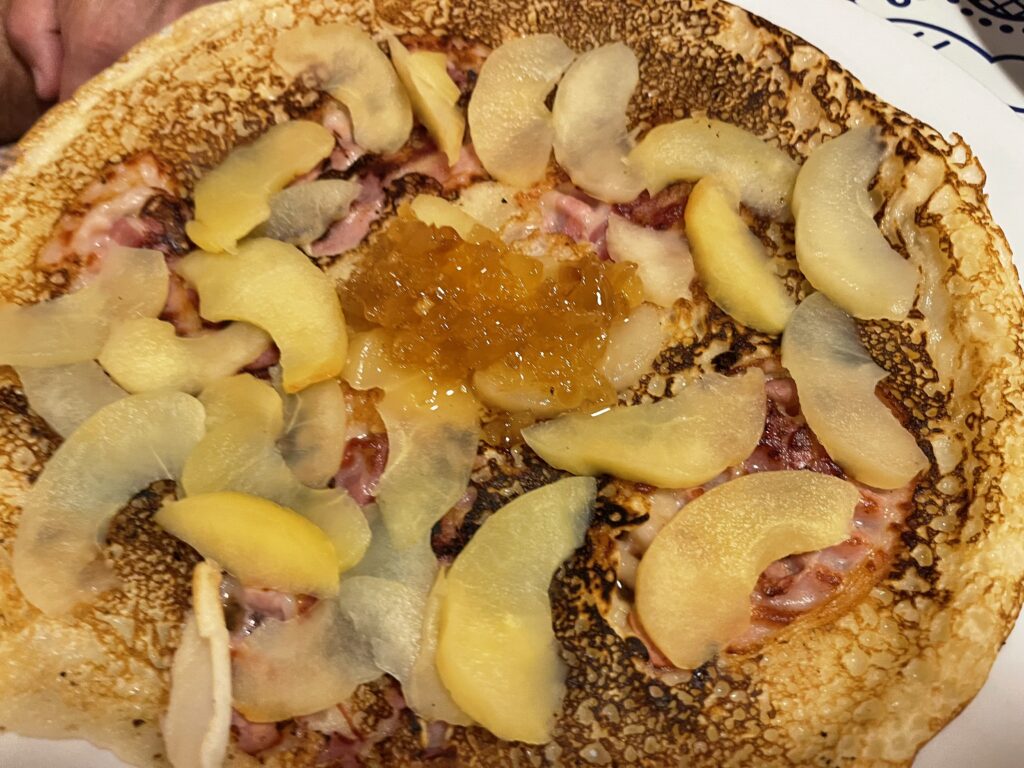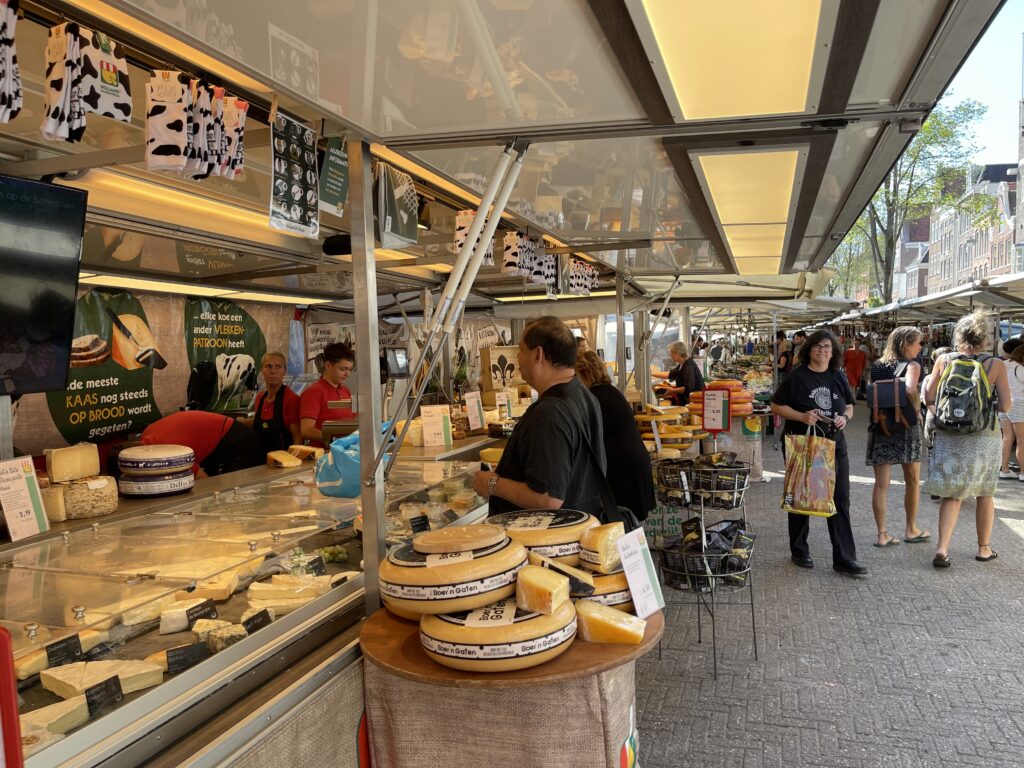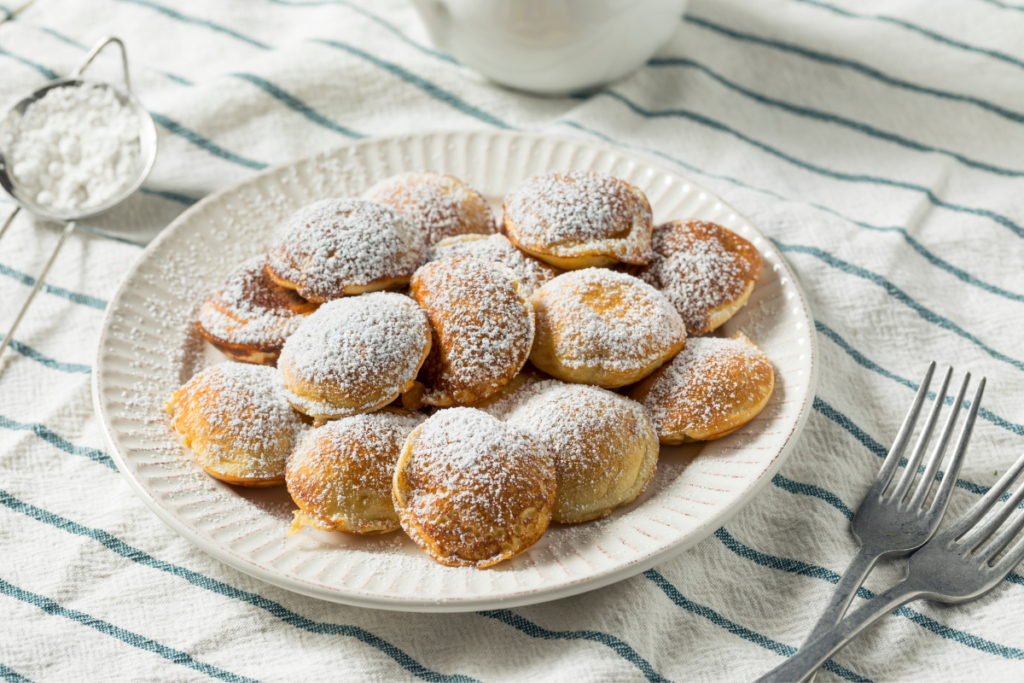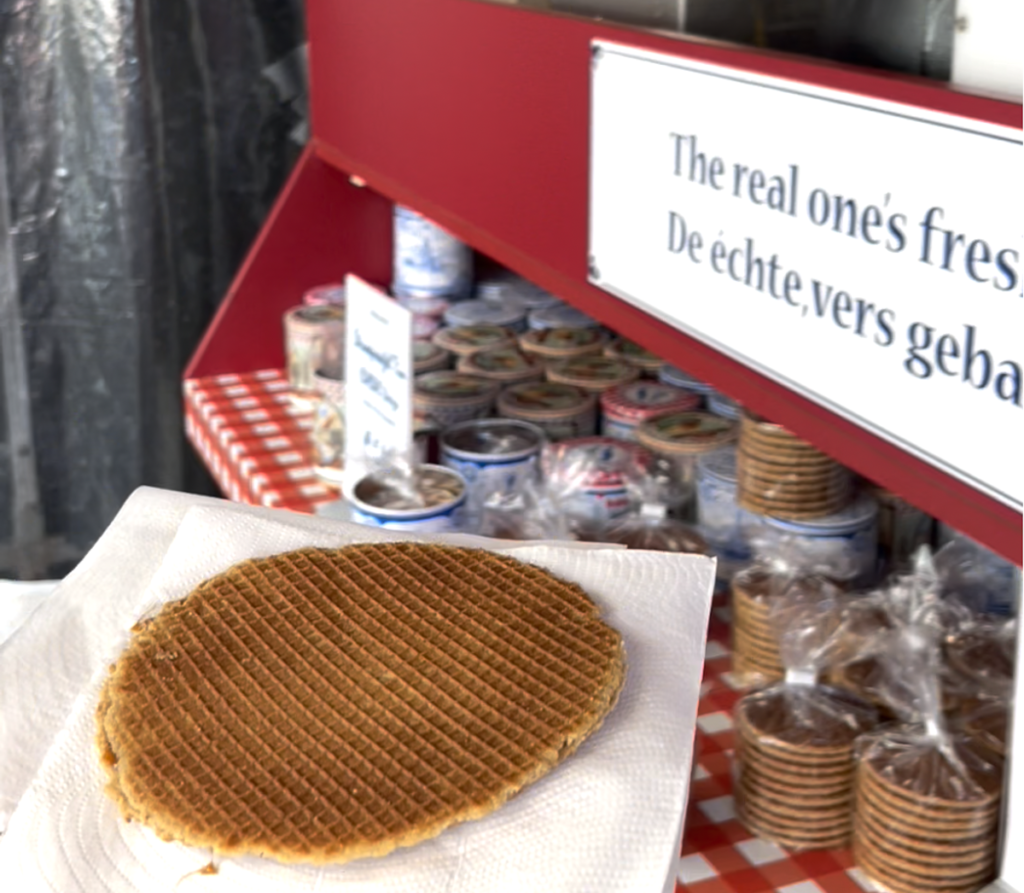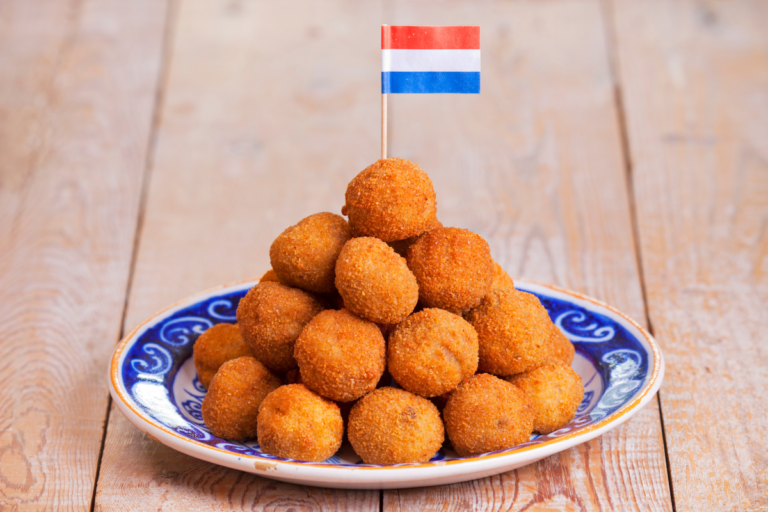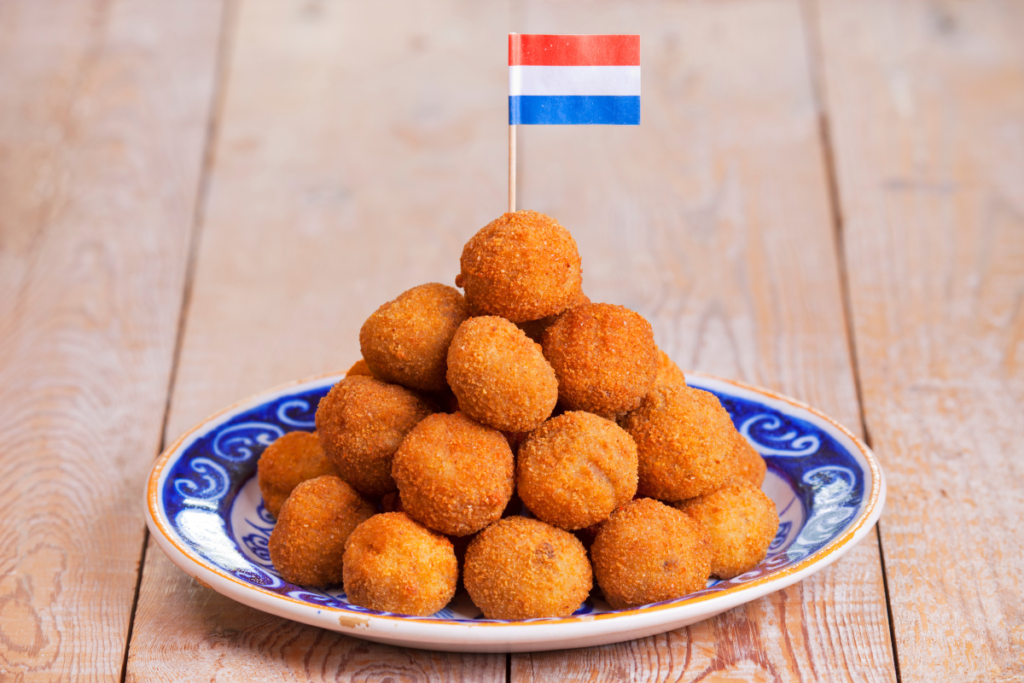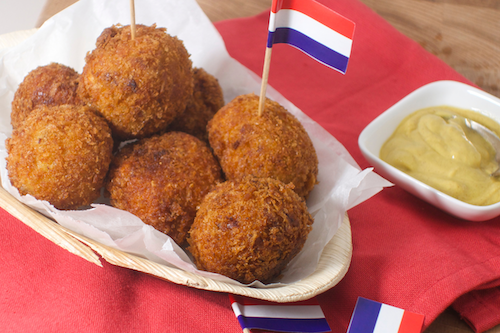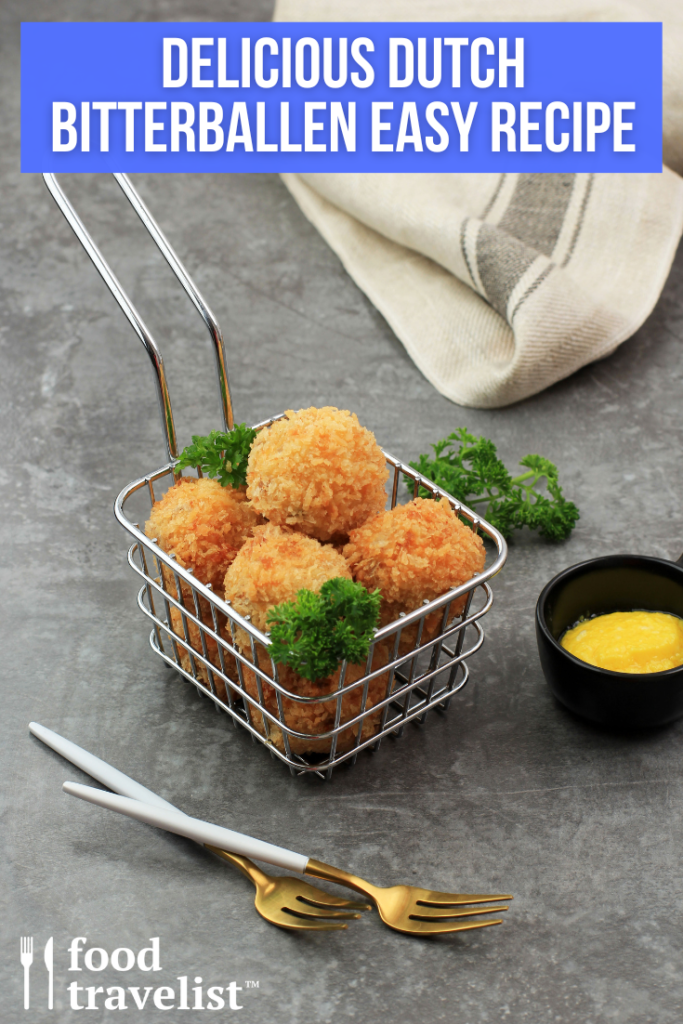The beautiful and peaceful Canal de Bourgogne, or Burgundy Canal, is perfect for mindful travel. Cruising on a luxuriously appointed barge offers a great way to explore it all. The trip offers interesting places to explore and fascinating people to meet at a relaxing pace. Our 6-night cruise had opportunities to learn new things about France and taste French burgundy wines. It was fun discovering historical sites and even meeting nobility. Along the way, we made new friends who shared the adventure with us.
We were guests of European Waterways. We were not financially compensated and all opinions are our own.
France Barge Cruise
Our France barge cruise was on the elegant European Waterways La Belle Epoque luxury barge. Unlike large ocean liners or even river cruise ships, barge cruising is a highly intimate experience. Barges usually accommodate eight to 12 passengers and half as many crew members. We had a group of seven passengers and six crew members. When we arrived, we were greeted with a glass of champagne and some appetizers, an excellent way to begin.
If you are unfamiliar with barging, you’re not alone. Being a slow traveler on the waterways gives you access to beautiful places with more time to explore. You can also relax and enjoy without the crowds.
La Belle Epoque Barge
La Belle Epoque barge is like a floating five-star hotel. There are two junior suites and four staterooms. Each has all the comforts you would expect, and even a few surprises. The main deck inside has plenty of comfortable seating and a fully stocked bar. If you have any special requests for spirits you can make them before you board. There’s also a dining room where we enjoyed many excellent meals prepared by our chef. He accommodated all food preferences and allergies with a smile.

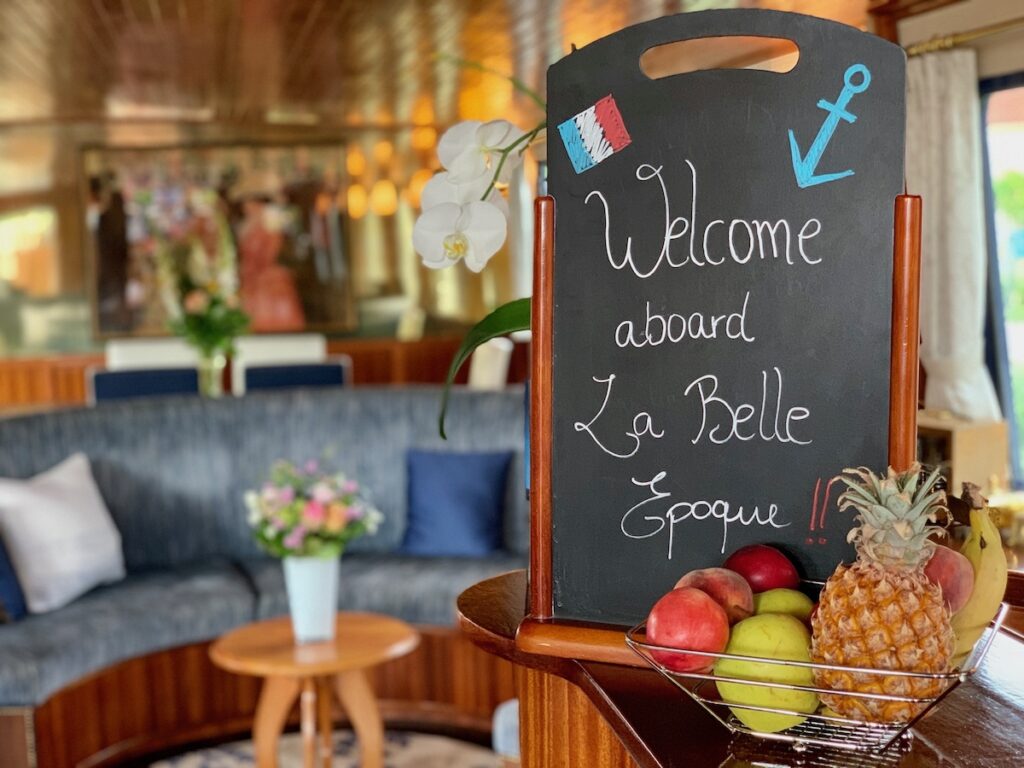
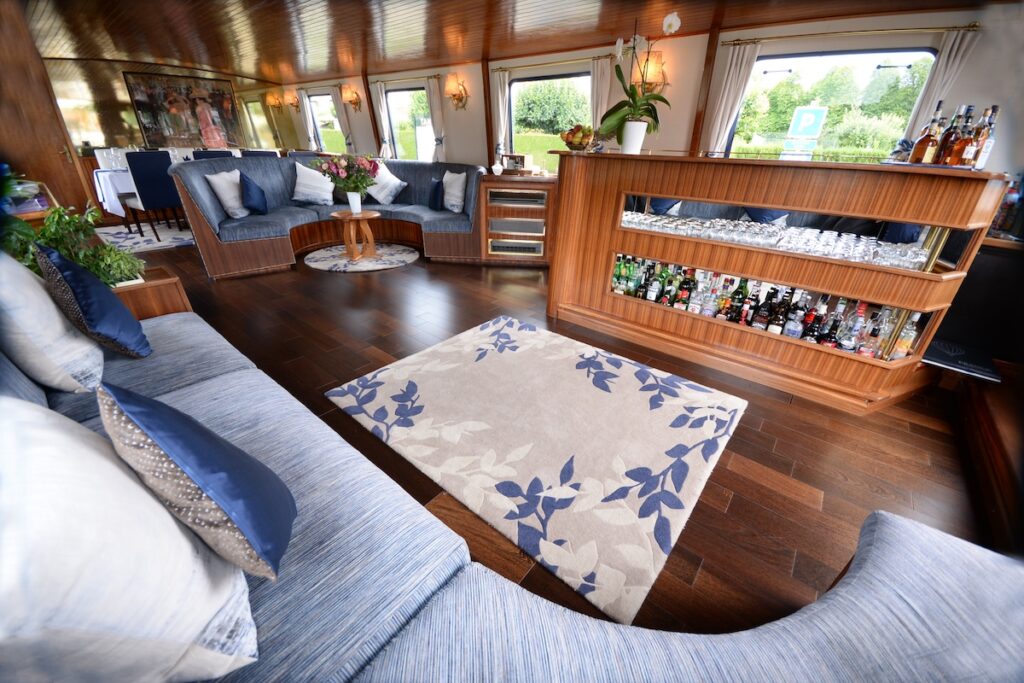
The rooms on the deck below have private bathrooms with showers big enough to turn around. Hair dryer, L’Occitane shampoo, soap, lotion, and fluffy towels made it easy to stay comfortably clean. Each room has windows or portholes to see outside while the barge is cruising.
Something Special
The outdoor deck has a wooden dining table with chairs. When the weather is nice, as it was on our trip, you can dine outside. Stepping up to the top deck, you’ll find ample chairs and loungers. This is great for sunning, reading, or enjoying the view as the barge moves gently through the Canal De Bourgogne. Bicycles are ready if you feel like riding alongside the canals on the towpath or exploring a town between stops. The barge moves slowly enough that you can take your time and enjoy the local scene.
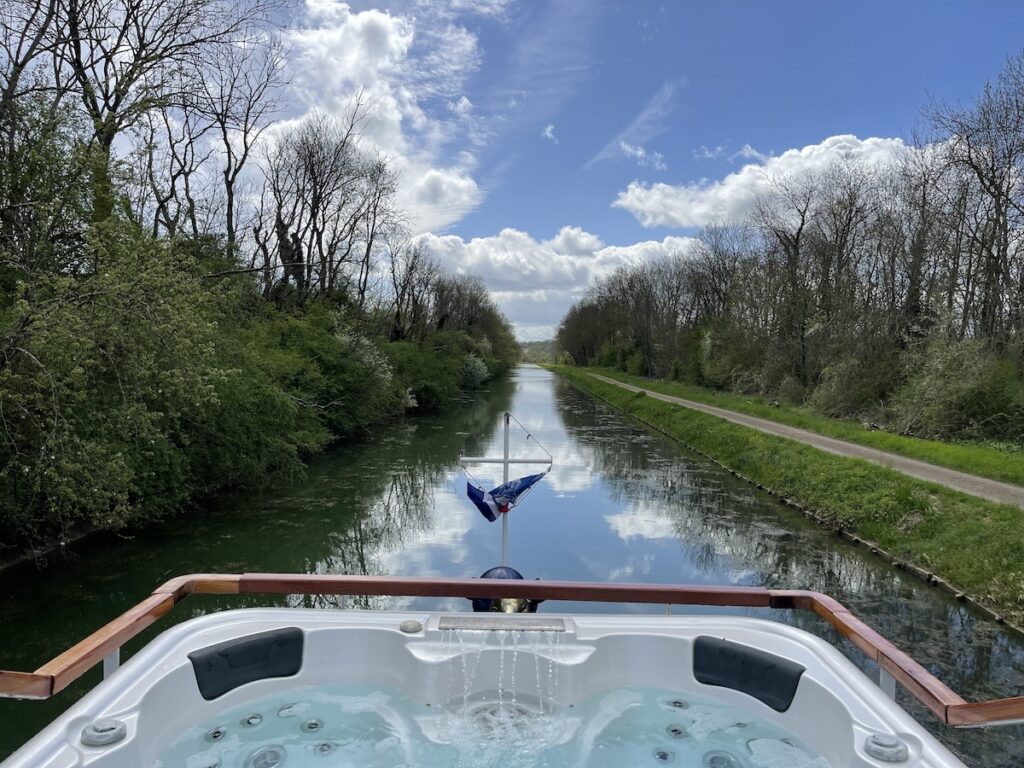

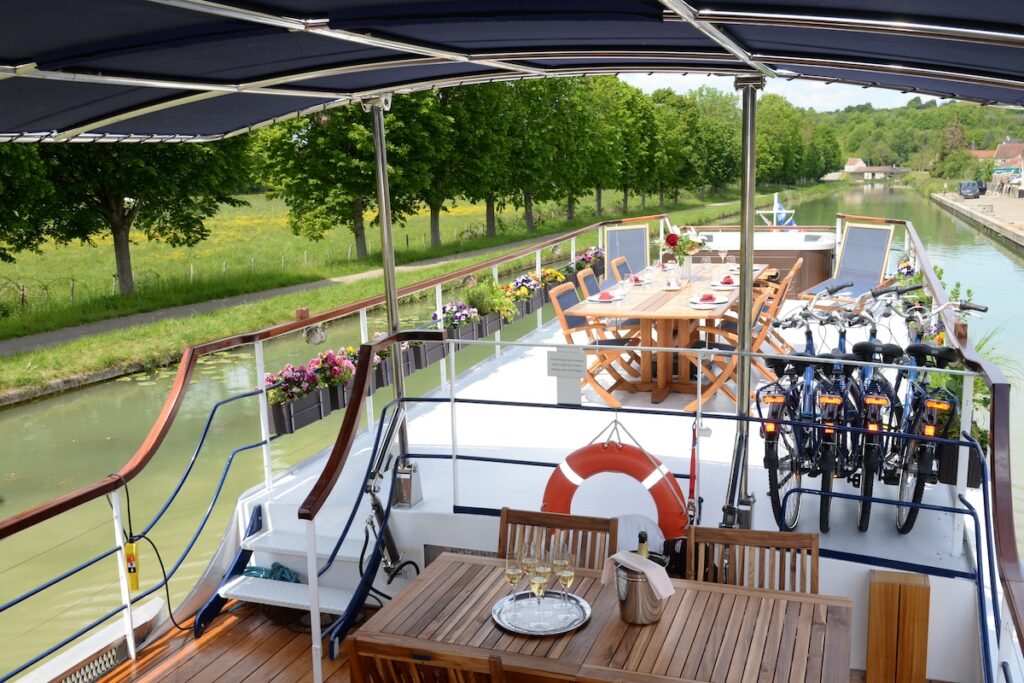
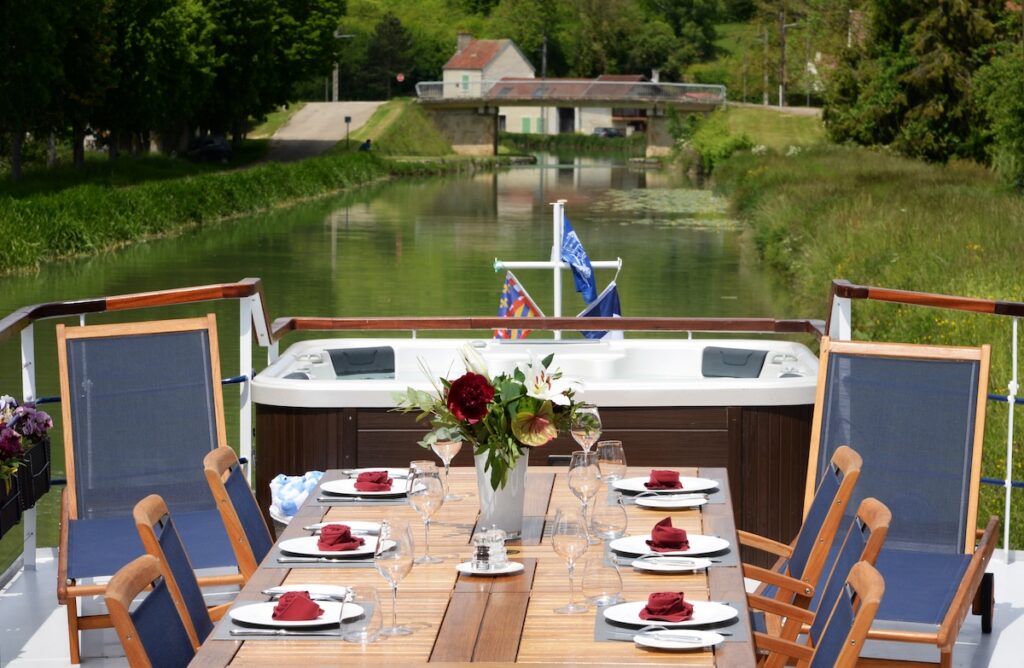
For something special, La Belle Epoque has a hot tub on the top deck. Cleaned and sanitized meticulously, it’s a great place to unwind after a day of exploring or anytime. The beautiful flower planters along the side railings of the deck were another special touch. Even better, every few planters were filled with fresh, growing herbs. We learned that the chef would go out and pick what he needed to prepare our meals right onboard. This sustainable feature made us happy and tasted great too.
Excursions Along Canal De Bourgogne
You can explore off the barge on your own but European Waterways also plans several excursions along the route. For our Burgundy France cruise, there were many memorable visits. We even got a chance to rub elbows with a Baron and a Baroness! Here are a few of the highlights.
Tasting Burgundy Region Wines At Domaine Laroche
Barge cruising on the canals of France led us deep into wine country. Chablis is a small town as well as a wine-growing region. And we had a chance to do a wine tasting and tour at Domaine Laroche.
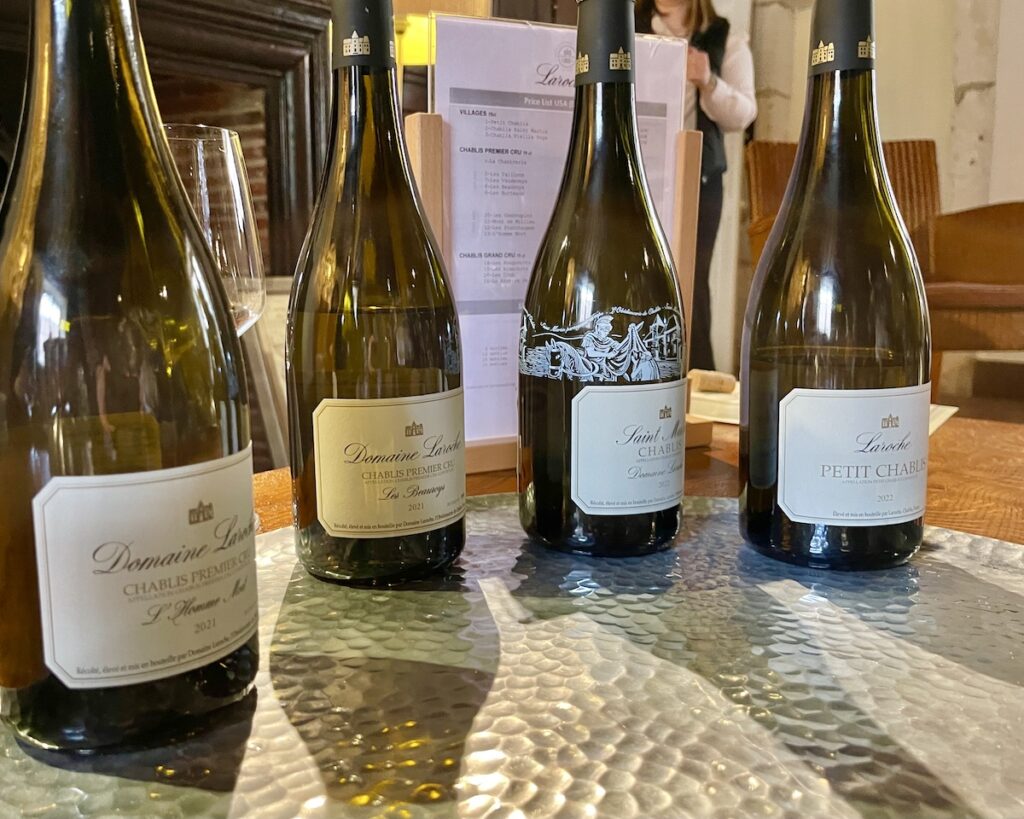
This winery has an important history and is home to the oldest working wine press left in the world. St. Martin has a presence in its 1000-year-old monastery cellars. We learned about the four types of Chablis wines. They are Petit Chablis, Chablis Wine, Chablis Premier Cru, and Chablis Grand Cru. Each wine is the result of nature and nurture, perfectly combined by the winemakers.
Chateau De Commarin Falconry
Another great stop was a visit to the Chateau De Commarin. Here we got the chance to wander through the 900-year-old property. It’s a chateau in France cared for by the same family since it was built – some 26 generations. It has elegant rooms, a chapel, stables, and beautiful garden grounds. The chateau provides a sense of history as its various eras can be seen throughout the property.

A special part of our visit was a demonstration of the ancient sport of falconry. We were introduced to several birds of prey as part of a rescue and educational operation. Tiny Tinkerbell, owl Daenerys (known to kill her male suitors), hawks, and falcons put on a show for us. They flew between handlers, retrieved meat treats, and wowed us with their power and beauty.
Abbaye De Fountenay
A surprisingly interesting excursion was our visit to the Cistercian Abbaye De Fontenay. This UNESCO World Heritage site began back in the 12th century. The French Revolution turned it into a paper mill. But in the early 1900s, it was lovingly restored to regain its original form and structures.

The highlight of the property for us was the extensive grounds. The gardens offer a lovely area in serene surroundings to wander, rest, and reflect. There are also beautiful trees that are well-maintained, gently rushing fountains, and streams with crystal clear water. It was a perfect place for mindful travel as we enjoyed the historic structures and the nature around them.
Champagne Tasting With Nobility
It’s not often you get a chance to meet nobles. So our visit to Maison Taisne Riocour and champagne tasting at Chateau de Ricey-Bas was quite a treat. We first met the Baroness, who graciously showed us around the gardens. She noted that the 3,800 tulips we saw blooming were a gift she gave to her husband, who joined us.

We visited the Taisne Riocour vineyards in the Champagne region. It shows off the rolling hills where the finest grapes are grown. The Baron himself taught us about the exacting work of growing, processing, and fermenting the bubbly liquid that we love. We then went to the Chateau for a tasting of their own Taisne Riocur champagnes, both white and rose.
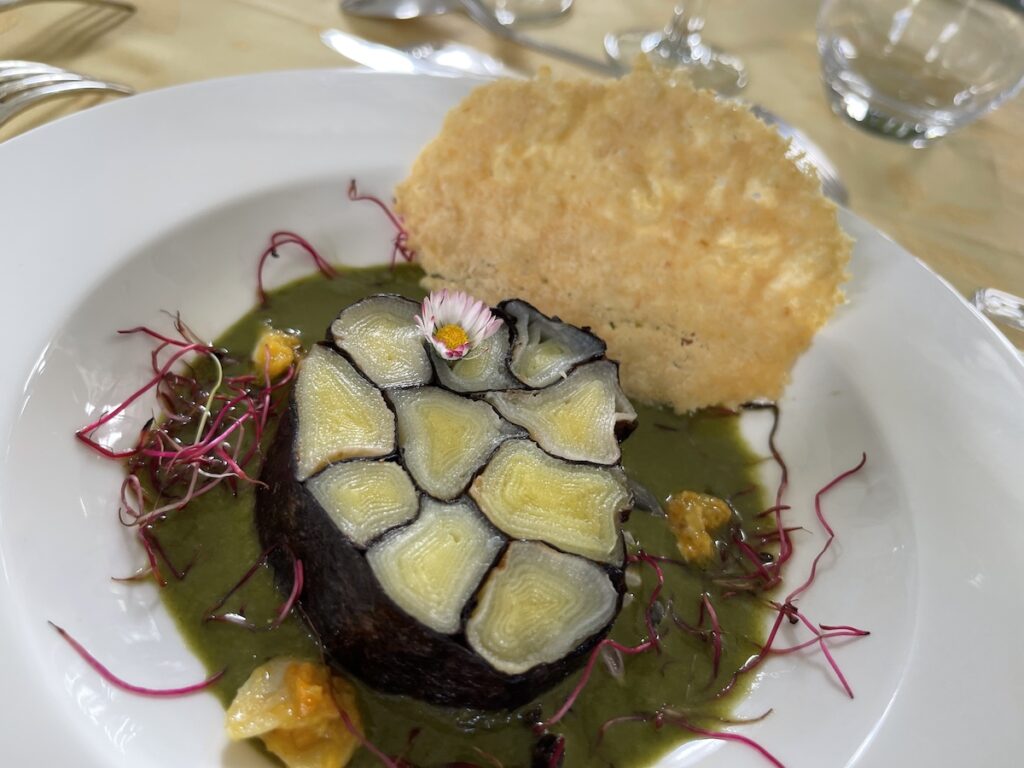
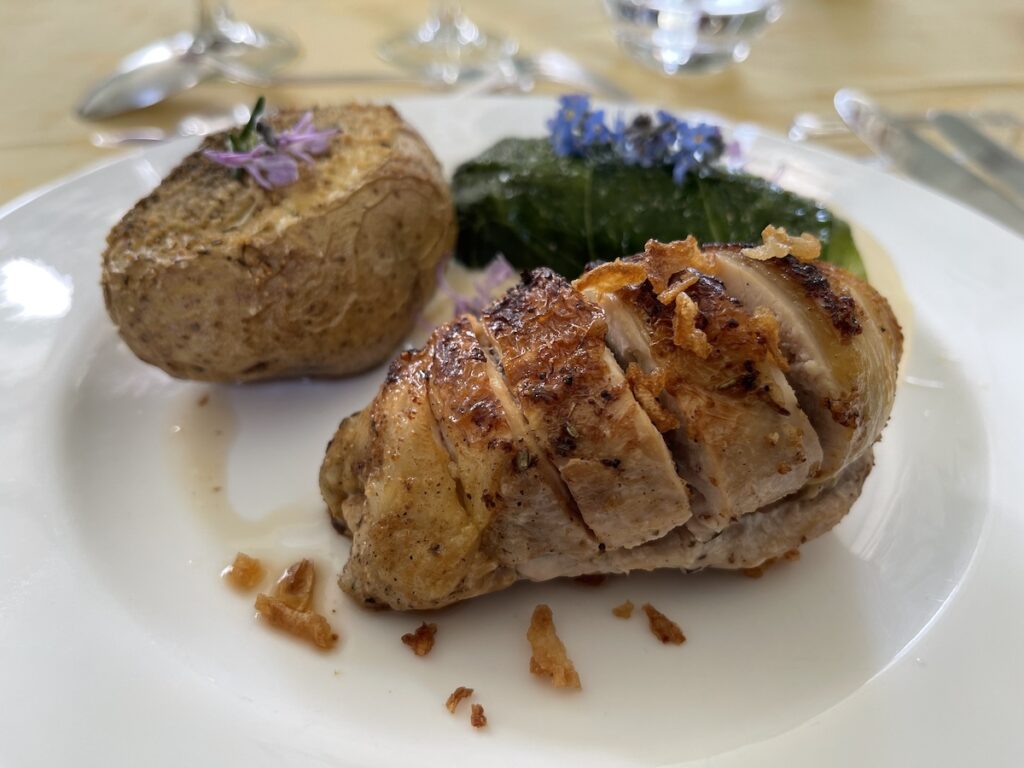
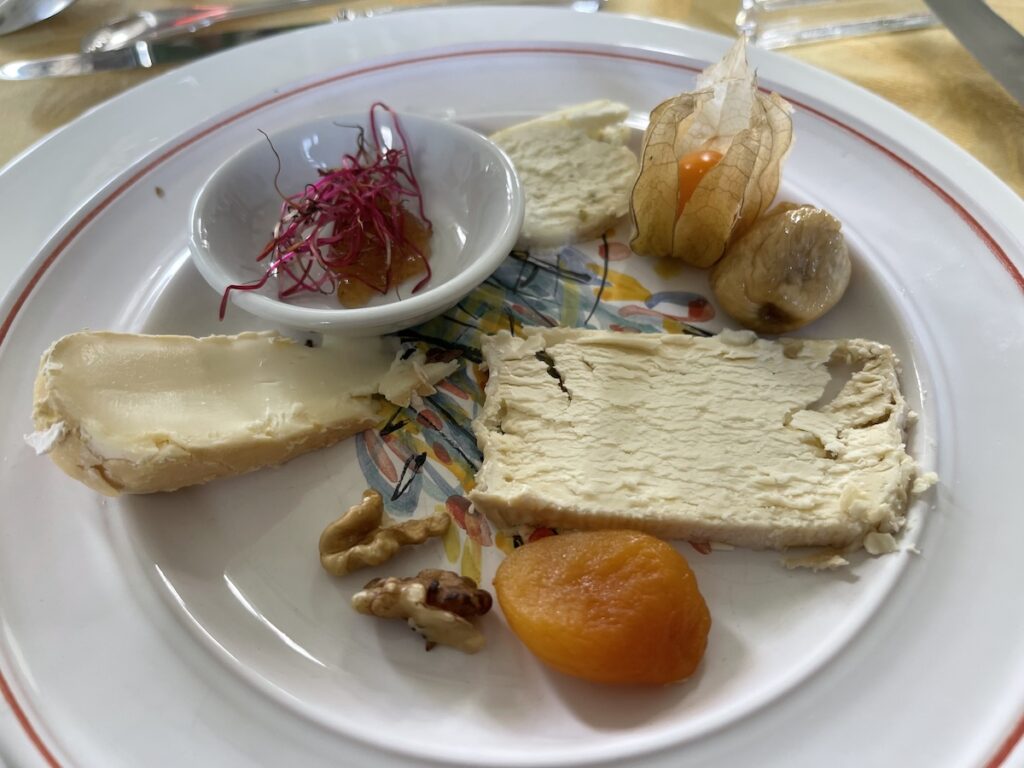
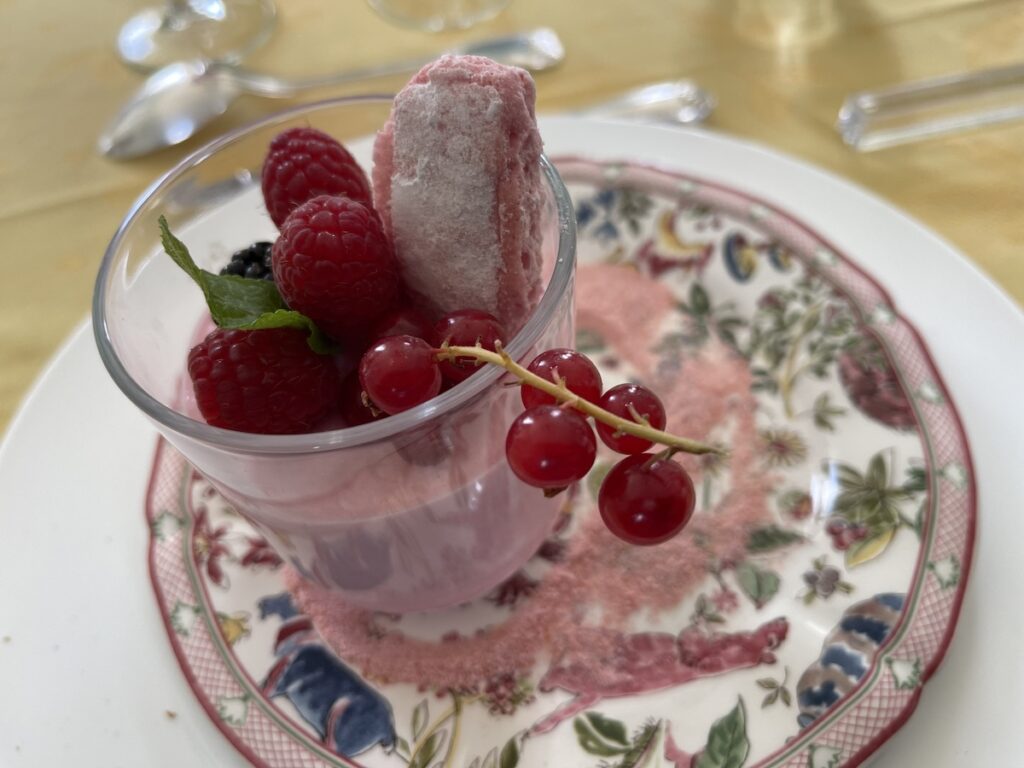

After the champagne tasting, the Baron and Baroness joined us for a beautiful lunch prepared by their chef. We couldn’t help but notice the elegant table settings and the huge crisp linen napkins. Lunch included unique spins on classic French dishes. We enjoyed a leek mosaic, grilled salad, and red fruit mousse with a pink biscuit. Our aristocratic hosts were charming and down-to-earth. Even though we had just met our barge companions and hosts, we felt like we were dining with old friends.
More Along Canal De Bourgogne
We love barge cruising on the canals of France. We love tasting the French Burgundy wines and eating local and regional dishes. There are several notable stops along the Canal de Bourgogne route of our northern Burgundy cruise.
The beautifully restored chateau in Ancy Le Franc is filled with history, gorgeous antiques, and beautiful gardens. A visiting exhibit of Playmobil scenes depicting the style and works of great artists from Renoir to Warhol wowed us.

In Montbard, we went with the captain to the local market to explore. The market had produce, meat, fish, and delicious cheeses. Our captain’s favorite cheesemonger provided us with the local and regional cheeses that graced our meals.
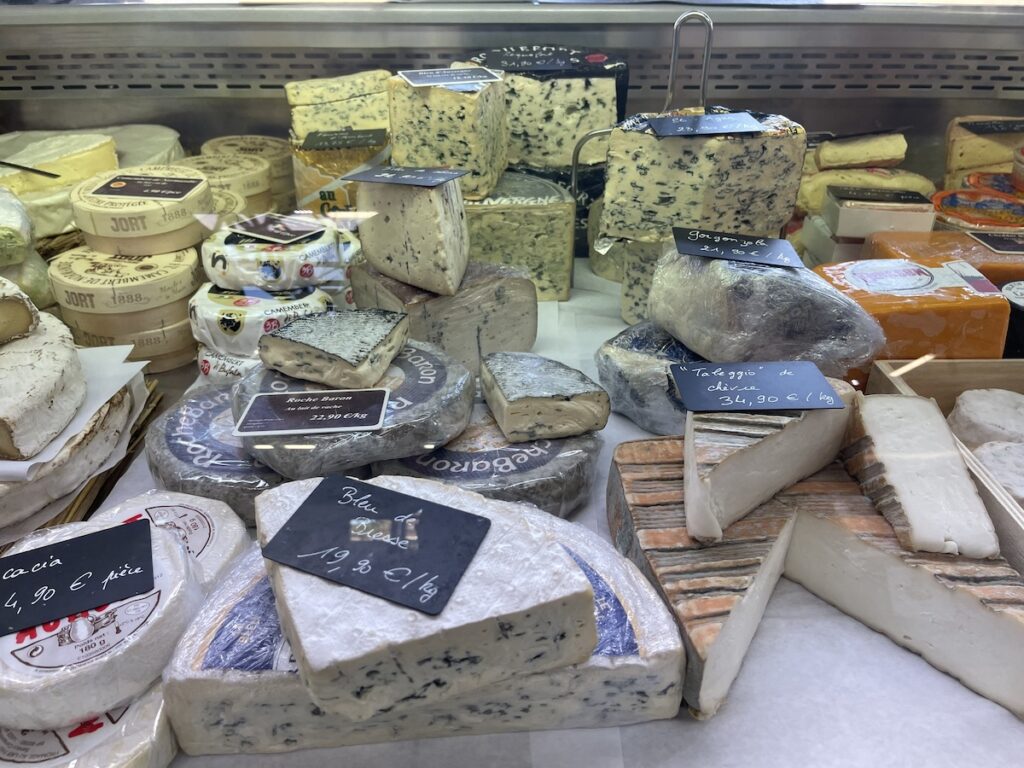
Then we went to a local bakery for fresh pastries, baguettes, and breads for breakfast that morning. It is a daily ritual to explore the breakfast table baskets brimming with baked goods selected each morning from a local bakery. When we spied a croissant with fresh apricots baked right in, we begged for an addition to the usual assortment. It was well worth it and enjoyed by all.
We enjoyed many stops on our Canal de Bourgogne cruise. Ravières France is where we got off the barge and walked on the towpath. We used our Merlin Bird ID app to discover several different birds that chirped along our way. Venarey Les Laumes is a lively city in the Cote d’Or. It has a train station that connects to Paris and Dijon. It also serves as an important port for the area.
Delicious Mindful Barge Cruising
Our recent cruise on the elegant and intimate European Waterways La Belle Epoque was a relaxing and renewing experience. We enjoyed meeting our fellow travelers, the exceptional crew, and those who hosted us on excursions along the way. Barges floating down canals stop at the engineering miracles of locks. They continue their journeys. bearing important goods and have a long history in many countries including France.

Now that the concept of the luxury hotel barge has taken route, the same leisurely journey is available for pleasure. It becomes a way to unplug and unwind for travelers seeking opportunities to explore a gentler side of cruising. Meeting locals, discovering local history and culture and, of course, tasting all the bountiful treats of the area offer deliciously mindful travel.
If this sounds like something you’d enjoy check out this and other barge cruises offered by European Waterways. You can also read more about our barge cruising experiences here and here.

